PICOSEC Micromegas detectors overcome timing resolution limitations of conventional gaseous detectors by combining a Cherenkov radiator with a semi-transparent photocathode for localised and synchronised primary electron production with a two-stage Micromegas amplification stage.

This concept ensures that all electrons originate at a well defined location and overcomes the timing jitter introduced by gas ionisation in other MicroPattern Gaseous Detectors. Avalanche multiplication in high electric fields in the gas gaps between the photocathode, a micro-mesh and the anode is used to multiply electrons and induce detectable electronic signals.
First proposed in 2015, excellent timing resolution was achieved with the first small-area prototype detectors and the concept was advanced by the developments of the PICOSEC Micromegas collaboration and in the context of an RD51 Common Project. Time resolution values as good as σ = 24ps for single Minimum Ionising Particles (MIPs) were measured in test beam campaigns at the CERN SPS H4 beam line demonstrating the advantages of this detection concept.

